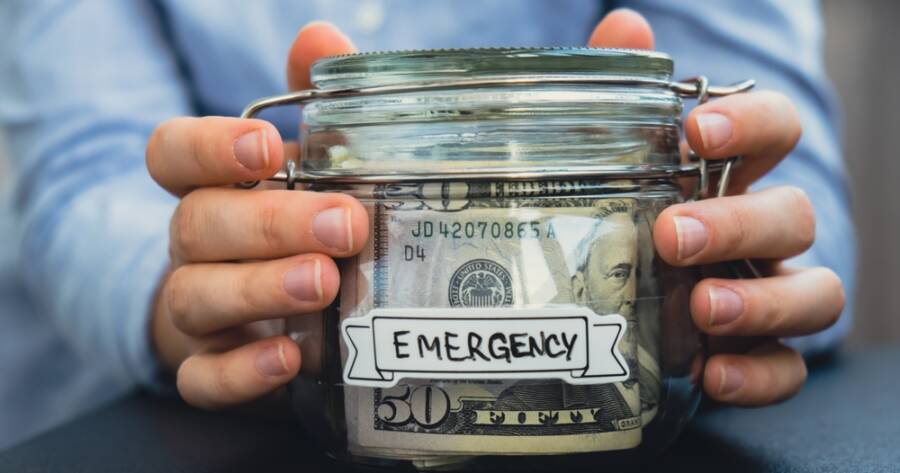Life can be unpredictable. One minute you’re cruising along, and the next, you’re faced with unexpected expenses. Imagine your car breaking down or urgent medical bills popping up out of nowhere. These situations can leave you stressed and financially strapped if you’re unprepared. An emergency fund can be the safety net you desperately need. Let’s dive into why it’s so crucial to build an emergency fund and how to start one today.
What Is an Emergency Fund?
An emergency fund is a cash reserve set aside for unforeseen expenses. It’s intended to cover life’s surprises like medical emergencies, car repairs, or sudden income loss. The idea is to have quick access to cash without dipping into your regular budget. Typically, the fund should be in a separate savings account that’s easily accessible. Having this financial cushion can provide peace of mind during uncertain times.
You might wonder how much should be stashed away. Experts often suggest saving three to six months’ worth of expenses. But that amount can vary based on personal circumstances like job security, dependents, and lifestyle. Starting small is perfectly alright; even a few hundred dollars can make a difference. The key is consistent saving, no matter how small the initial amount.
Steps To Build Your Fund
Getting started can feel overwhelming, but it doesn’t have to be. Begin by analyzing your monthly expenses. Understand how much you spend on necessities like rent, food, and utilities. This can help you set a realistic emergency fund goal. Once you know your monthly expenses, aim to save between three to six months’ worth, if possible.
After you’ve set your goal, establish a monthly savings plan. Consider setting up automatic transfers from your checking account. This way, saving becomes effortless and consistent. You may also need to adjust your budget to prioritize these savings. Cutting back on non-essential expenses can make a significant difference in reaching your goal.
Where Should You Keep It?
The accessibility of your fund is crucial, but it shouldn’t be too tempting to dip into. A separate savings account, preferably with a high-interest rate, is recommended. This allows your money to grow while remaining available for emergencies. Avoid tying your funds in CDs or investment accounts that aren’t easily liquidated.
Online banks often offer better interest rates and lower fees than traditional banks. This can help maximize the growth of your emergency fund. However, convenience also matters. Consider a bank or institution you feel comfortable with, ensuring you can access your funds when necessary without penalties.
Common Challenges and How to Overcome Them
Building an emergency fund may not be easy, especially if you’re living paycheck to paycheck. Unexpected expenses or commitments can deter you. If saving feels unattainable, start by setting smaller, more achievable goals. Even $20 a week can culminate in more than $1,000 a year.
Life can throw financial curveballs that stall your savings progress. You might face a job loss or unexpected expenses that deplete your fund. If this happens, don’t be discouraged. Focus on rebuilding once your financial situation stabilizes. Remember, the goal is long-term security, and consistency is key.
When It Might Be Time To Use Your Fund
Deciding when to dip into your emergency fund can be tricky. It’s reserved for true emergencies, not impulse purchases or minor inconveniences. Use it when you face a sudden loss of income or unavoidable expenses that your budget can’t handle. Knowing these are emergencies gives you the freedom to use your fund guilt-free.
Once you’ve used part of your emergency fund, it’s essential to replenish it promptly. Start by evaluating your budget and adjusting where necessary to free up extra cash. A depleted fund can leave you vulnerable, and rebuilding should become a priority. Reestablishing your savings provides continued financial peace of mind.
Building a Safety Net for Peace of Mind
Having an emergency fund can bring invaluable security and peace of mind. It’s a financial cushion that can help you avoid having to answer to debt collectors or taking high-interest loans in times of need. Although establishing such a fund can feel daunting, small, consistent contributions can gradually lead to substantial savings. Life’s uncertainties can be less intimidating when you’re financially prepared. So, consider setting up your emergency fund today — your future self will thank you.

